2-Month-Old Baby
2-Month-Old Baby
You might be pretty (okay, very) tired these days, but one look at that little gummy grin makes it all worthwhile.
Highlights
By month 2, your infant has discovered that there’s more to life than just eating, sleeping and crying.
With baby staying awake for longer stretches, there’s more time for him to play and for you to be entertained by his antics. Hurrah!
Here’s what else is happening with your baby this month.
Your 2-month-old baby's development
Month 2
Baby’s Development

When it comes to learning, no one does it faster than a baby. You can help by providing plenty of sensory-stimulating opportunities, such as brightly colored toys (babies are captivated by high-contrast patterns and vibrant hues), infant play gyms, mobiles and anything else your baby can bat at.
But don’t go overboard. An infant’s circuits get overloaded pretty easily. So if your baby starts fussing or squirming, he’s letting you know that he’s had enough.
Your little smarty-pants is also putting together consonants and vowels (ah-goo!) and maybe even rolling over (tummy to back is usually first).
He’s likely smiling up a storm and maybe even laughing (the world’s most delicious sound) or squealing in delight over your antics. If you haven’t done so yet, add a baby-safe mirror to baby’s play space.
Though babies this age don’t realize they’re looking at themselves in the mirror, they do find their own reflections fascinating and may even smile at that fellow cutie looking back at them.
At a Glance

Sleeping basics
Newborns up to 3 or 4 months old need 14 to 17 hours of sleep in a 24-hour period, usually waking every two to four hours to eat.

Feeding basics
Babies should eat as much as they want at this age, but a general rule of thumb is 4 to 6 ounces of breast milk or formula every three to four hours.

Did you know?
Infants 2 to 3 months old typically don’t have separation anxiety yet and aren’t wary of new people.
Your 2-month-old baby's growth

The average weight of a 2-month old baby girl is 11.3 pounds; the average baby boy at 2-months weighs in at 12.3 pounds. Height averages are 22.5 inches for girls and 23 inches for boys.
All that growth is fueled by the all-liquid diet your sweetie pie is still on — whether that’s formula or breast milk or a combo of both.
Both formula-fed and breastfed babies at this age typically take 4 to 6 ounces every three to four hours. If you’re breastfeeding, you should expect to nurse around six to 10 times in a 24-hour period.
Despite all that eating, your little one will start to have fewer bowel movements each day. In fact, don’t be alarmed if your baby goes a day or two without pooping. That’s because as babies get bigger, their bowels get bigger too, allowing waste to hang out longer before exiting. Is your baby still a prolific pooper? That’s also normal.
Your 2-month-old baby's health

The 2-months well-baby visit
Your little one will get a physical checkup this month — complete with weight, length and head circumference checks — and a chance to show off what he’s learned so far. Some developmental milestones your doctor may ask about: whether he’s smiling in response to a smile, whether he notices his hands and whether he turns toward a sound.

DTaP vaccine
Starting at 2-months, your child will receive the first of five doses of the DTaP vaccine, which protects against diphtheria, tetanus and pertussis (whooping cough).
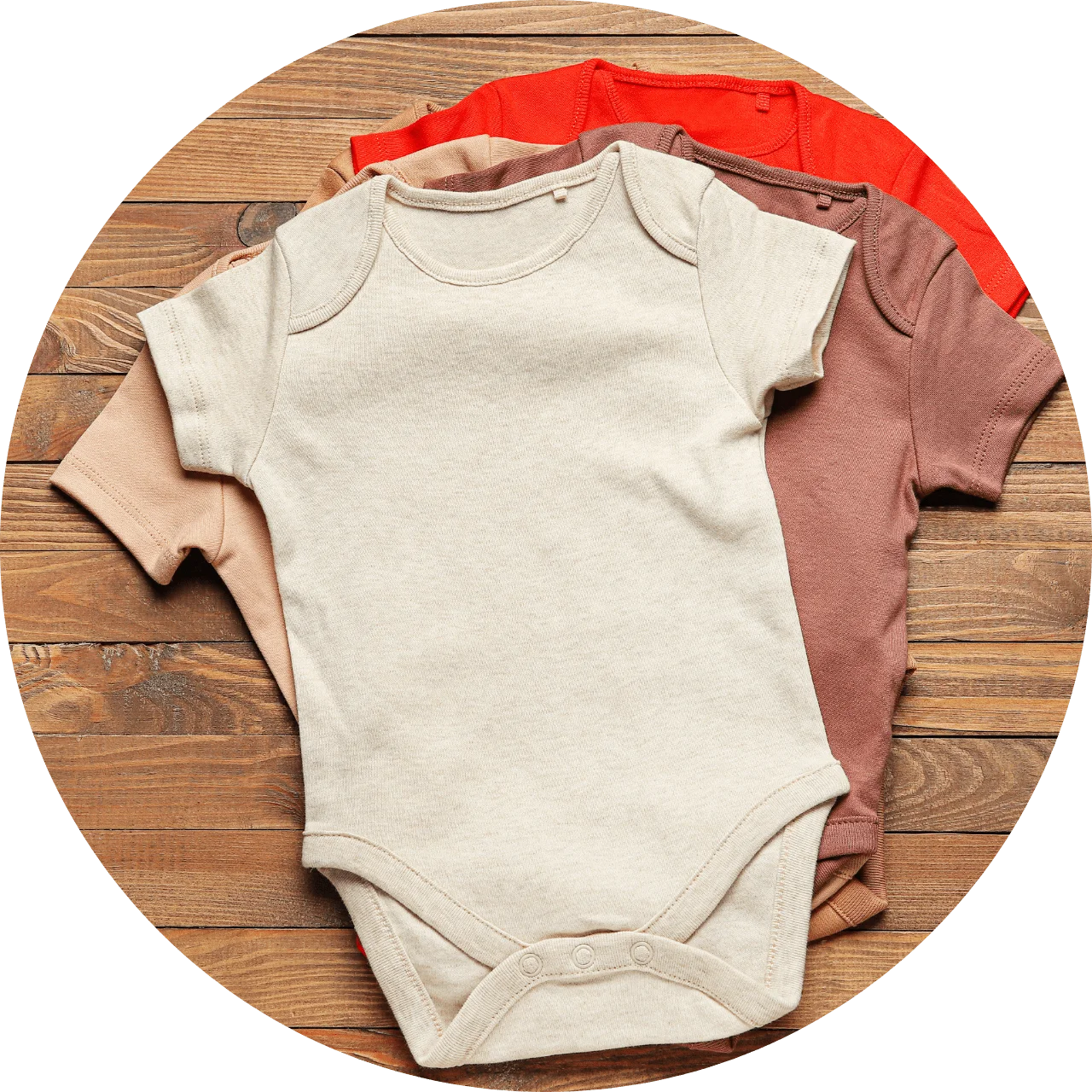
How to dress baby for the doctor?
Since your baby will be getting undressed for his checkup, think easy-off, easy-back-on when it comes to his outfit (and a two-piece may be better than a onesie, so he can be partly dressed when he gets his vaccines in his thighs).

Hib vaccine
The Hib vaccine protects your baby from Haemophilus influenzae type b, or Hib, which used to be a major cause of bacterial meningitis in children under the age of 5.

Croup in babies
Croup is a viral infection that causes inflammation in the voice box and windpipe. That, in turn, leads to swelling of the vocal cords and a harsh, barking cough. Croup usually starts with cold symptoms, like a runny nose, irritability and possibly a fever.
Postpartum & new baby tips
Calm a fussy baby
Rocking a baby in a rocking chair or glider is probably one of life’s most cherished and time-honored rituals (don’t miss it!) — not to mention a deeply calming experience for both of you.
Modern parenting offers some hands-free rocking options too. When your baby is fussing, consider putting him in a motorized baby swing, vibrating bouncy seat or automatic cradle. Be sure to follow manufacturer’s safety directions for the age and weight restrictions for these devices.
And try not to let your baby get in the habit of nodding off in them because he might become dependent on the motion to fall asleep over time. Instead, let him get to the brink of sleep, and then transfer him to the crib.
Post-pregnancy body changes
If your feet got bigger when you were expecting, get used to your new size because you may be wearing larger-size shoes for good.
Other long-term post-baby body changes: Your hips may be forever slightly widened after having expanded for childbirth, and your nipples may be darker and bigger as well.
Try to be happy with the thought of new shoes to splurge on — or at least remind yourself that your body will experience a lifetime of delights because you gave birth, from the sweetness of your baby’s head on your shoulder to your toddler’s delicious hugs and your child’s hand in yours.
Massaging baby
Massaging your baby can be a wonderfully relaxing ritual for both of you and a great way to soothe your little one’s cries.
You can experiment with lotion or special baby massage oils, though neither is necessary. Use a gentle touch, but firm enough not to be ticklish. Stroke his chest from the center outward and make small circles on baby’s stomach, around his belly button.
Gently roll your baby’s arms and legs between your hands, taking turns with each limb, or try alternating your hands in a “milking” motion as you stroke each limb from his core to his extremities.
Then unfurl those little fists and rub his palms and fingers. Massage the soles of baby’s feet and uncurl his toes too.
Turn baby on his tummy (if he doesn’t balk at that position) and stroke your little one back from side to side, then up and down.
Diaper bag necessities
Make sure you’re always prepared by keeping these essentials in your diaper bag:
- Diapers. How many you pack depends on how long you’re going to be out, how old your baby is and how he’s feeling (if you’re heading to the doctor because your baby has diarrhea, for instance, pack several so you’re prepared for a maximum number of changes). And don’t forget to follow the plus-one rule of baby diapering: Always pack one more diaper than you think you’ll need.
- Wipes. Tuck them in a reclosable plastic bag or bring a small case of them to use when changing diapers, cleaning your hands or removing spit-up stains from your clothes.
- Diaper cream or ointment. Use it as a layer of protection to help to prevent diaper rash from developing — or to soothe your baby’s bottom in case one develops.
- Changing pad. If your bag doesn’t come with a pad, add your own, but choose either a disposable variety or one with a washable or wipe-off cover. In a pinch, you can always use a towel or cloth diaper, but be careful — they aren’t waterproof and won’t be able to adequately protect carpets or furniture.
- Extras. Depending on how long you’re planning to be out, include a burp cloth, a bib, plastic bags for dirty diapers and a bottle of formula if you’re not breastfeeding. Always pack a replacement outfit for your baby, especially if he’s prone to spitting up or tends to have diaper blowouts (lucky you!). And don’t forget a bottle of water and snack for yourself.
Pumping basics
You might be a little overwhelmed by the idea of pumping. Since it’s a good idea to freeze breast milk, use the time before you go back to work to get started on expressing and saving your milk.
You’ll probably need a couple of weeks to get into the routine of pumping breast milk and get baby used to the nipple of a bottle if you haven’t offered him one yet.
Once you start getting the pattern of pumping, don’t forget to freeze your milk as much as you can.
Milk can be expressed manually, using a hand pump or with a battery-powered or electric pump. A high-tech electric pump can look intimidating (and might remind you of a dairy farm’s automatic milking machines), but it usually won’t hurt.
The electric ones are a little noisier than hand pumps, but they stimulate the breasts more effectively and make for speedier delivery — plus, you can double-pump to save time.
Taking baby photos
Forget all the fancy flash settings on your camera. As long as there’s daylight, you can get beautiful baby photos in natural light, no matter if you’re using a smartphone or a top-of-the-line gadget.
Here are some tips for getting a great shot of your pride-and-joy:
- Place a blanket in a patch of sun outside or in front of a window or glass door.
- Plunk your little one down and start snapping.
- Another tip: Photographers love north-facing windows because they let in indirect sunlight that’s not so harsh or glaring. You can get similar results by waiting for the right time of day to snap your pics.
- Photograph your baby in front of a west-facing window in the morning or an east-facing window in the afternoon to keep him from squinting and minimize shadows.
- Shooting outside? Time it for what some photographers call the Magic Hour, which is usually the first hour after sunrise or the last two hours before sunset. The light is softer and warmer, and shadows are longer.
- Don’t attempt a photo shoot of any kind if your baby is hungry, tired or sick.
Crib height
If you’re straining your back as you put your baby down, you may need to adjust the mattress height.
Higher will be better during that newborn phase, when you’ll want those dreamland landings to be as smooth and gentle as possible (while keeping back strain to a minimum).
But as your baby reaches new mobility milestones, such as sitting and pulling up, it will be important to lower the crib to avoid tumbles.
Items Recommendation
-
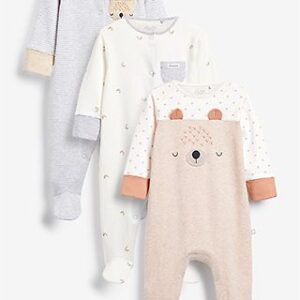
Onesies
Br50.00Add to Wishlistወደ ጋሪው አክል፡ "%s"Add to Wishlist -
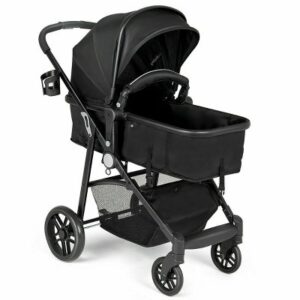
Stroller
Br32.00Add to Wishlistወደ ጋሪው አክል፡ "%s"Add to Wishlist -
Sale!

Baby bottle
Br25.00 – Br30.00Add to WishlistSelect options This product has multiple variants. The options may be chosen on the product pageAdd to Wishlist



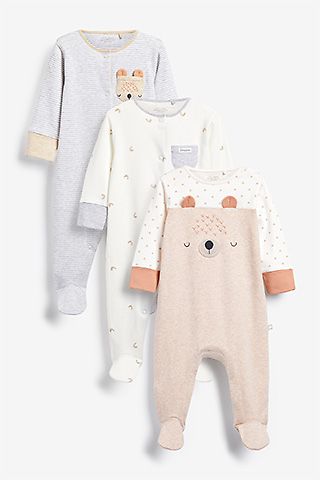
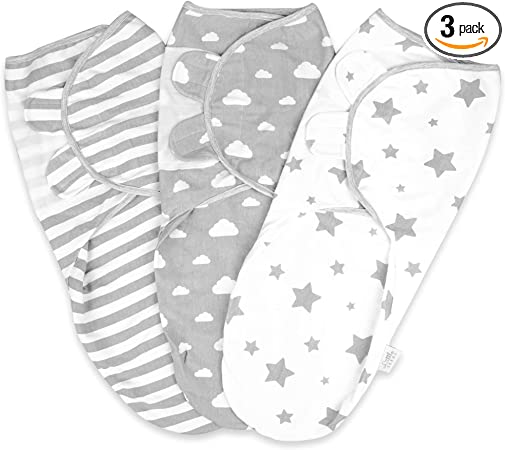
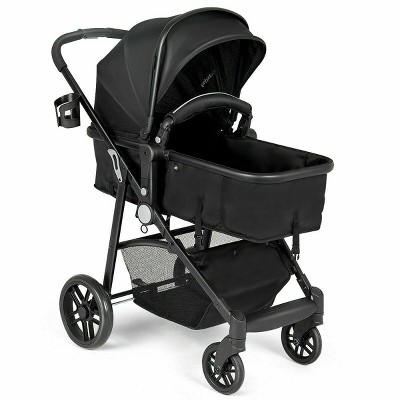





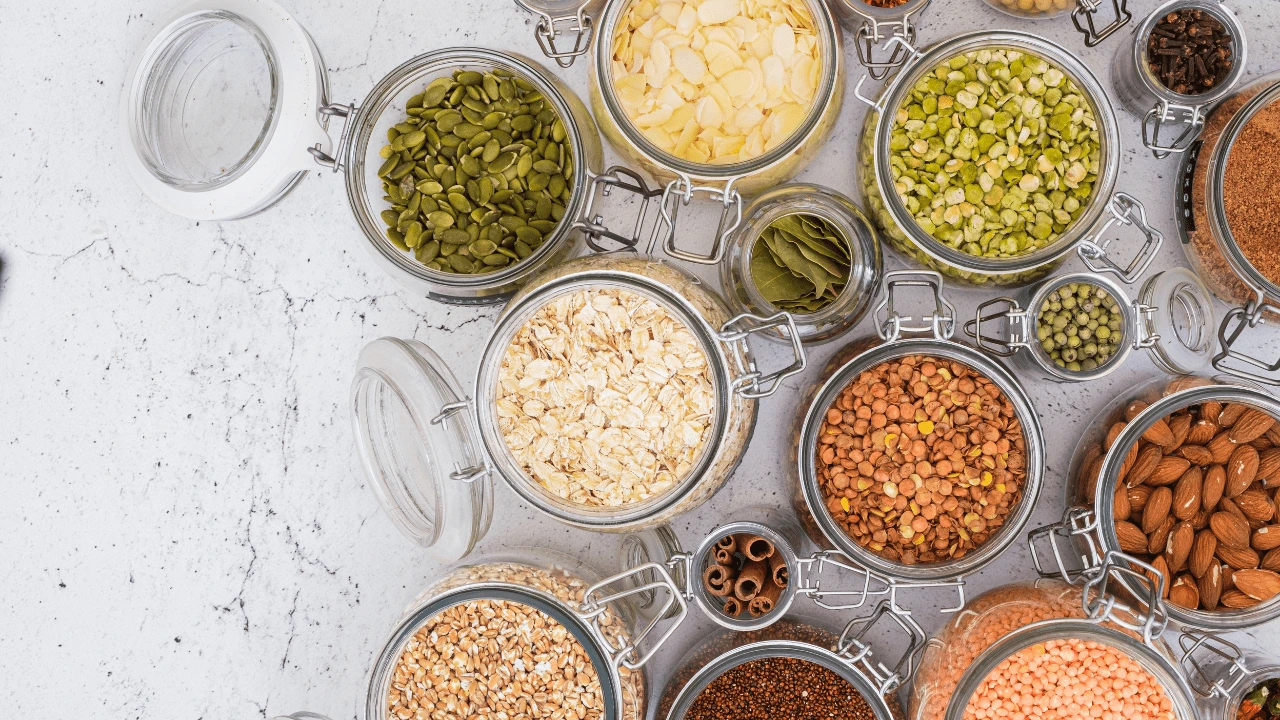
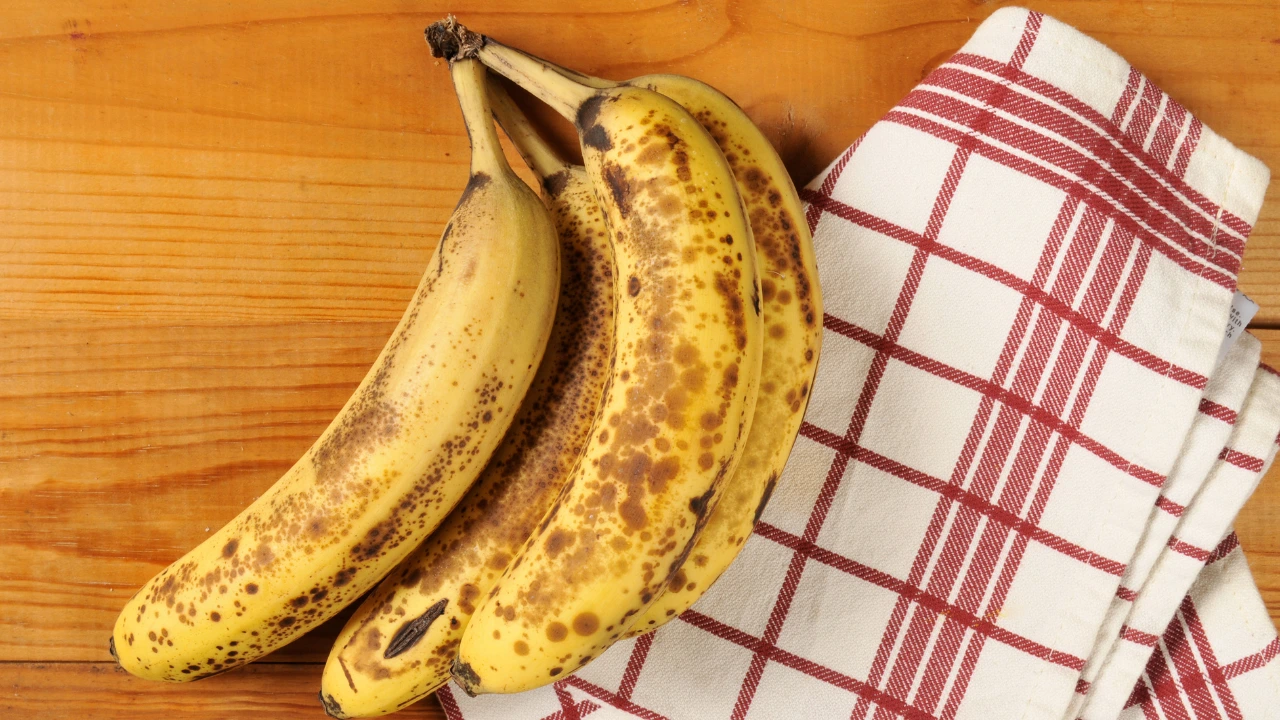
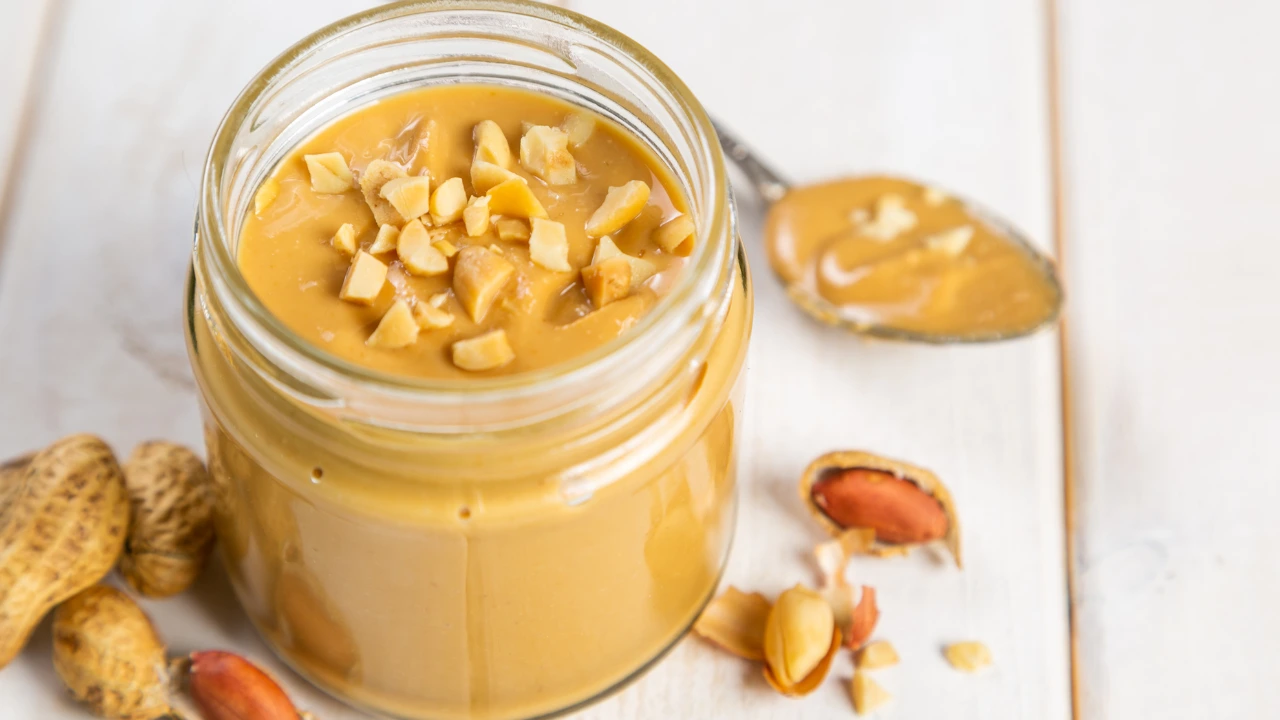
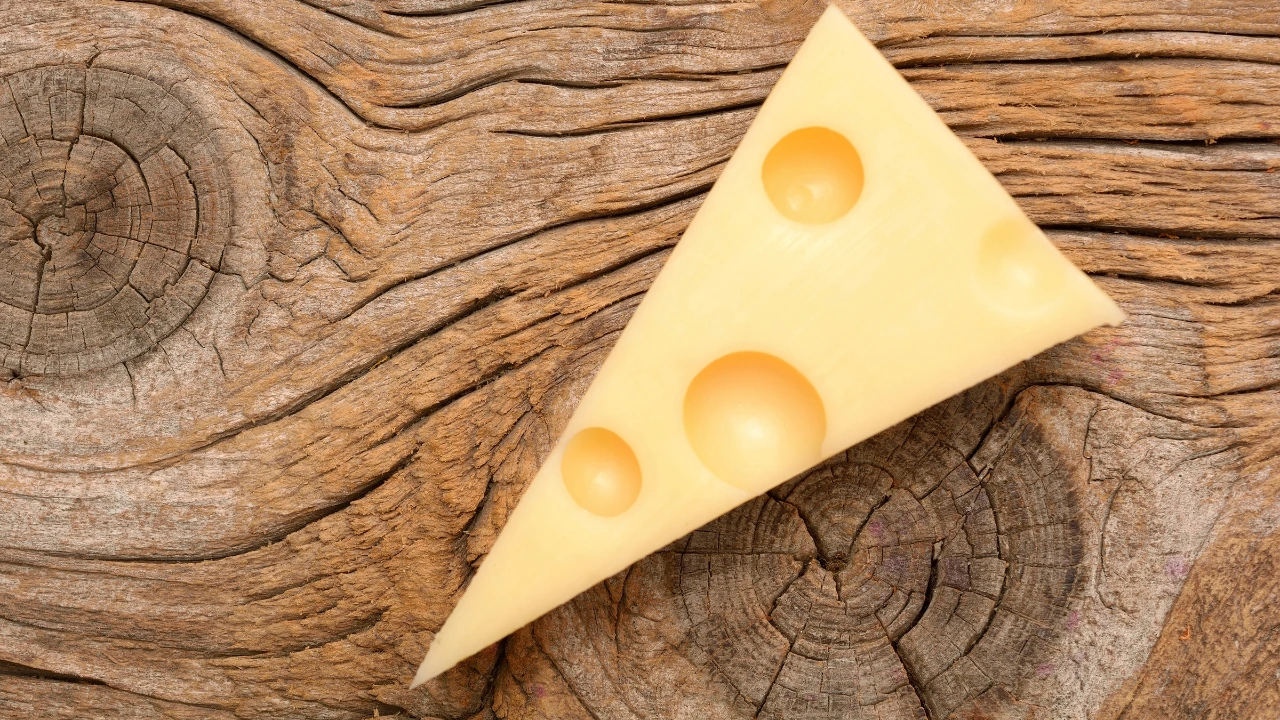
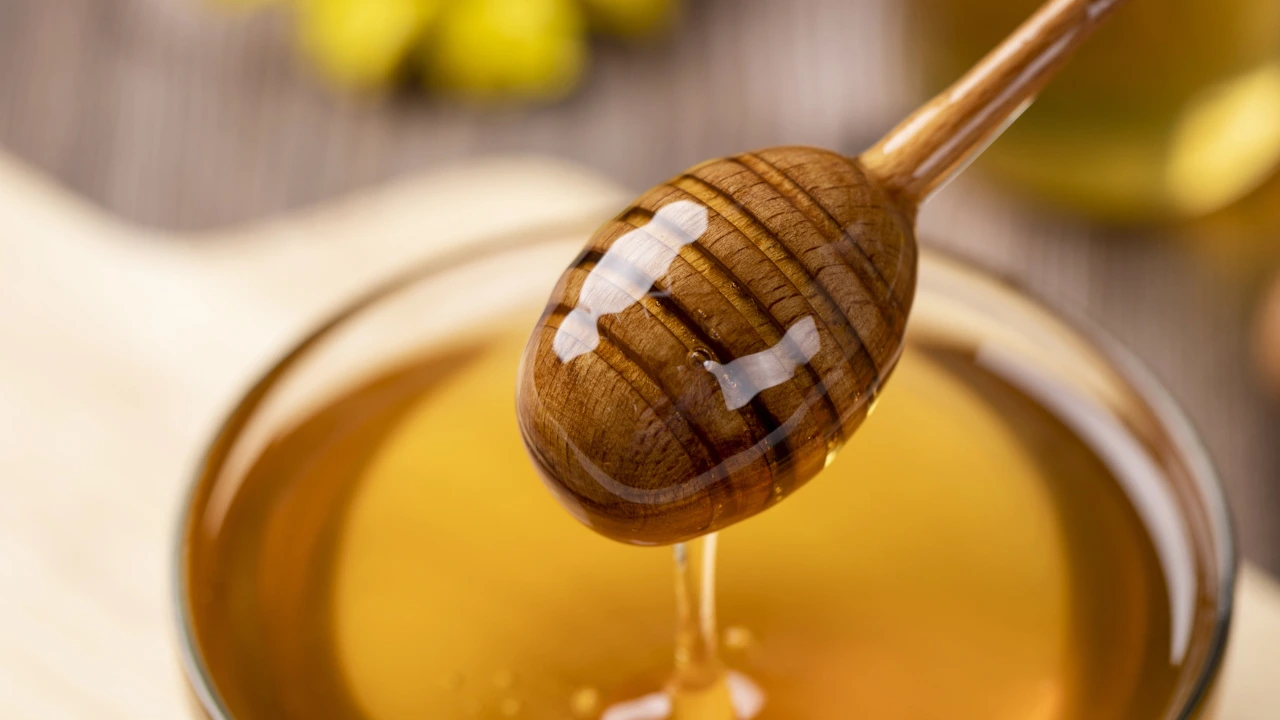
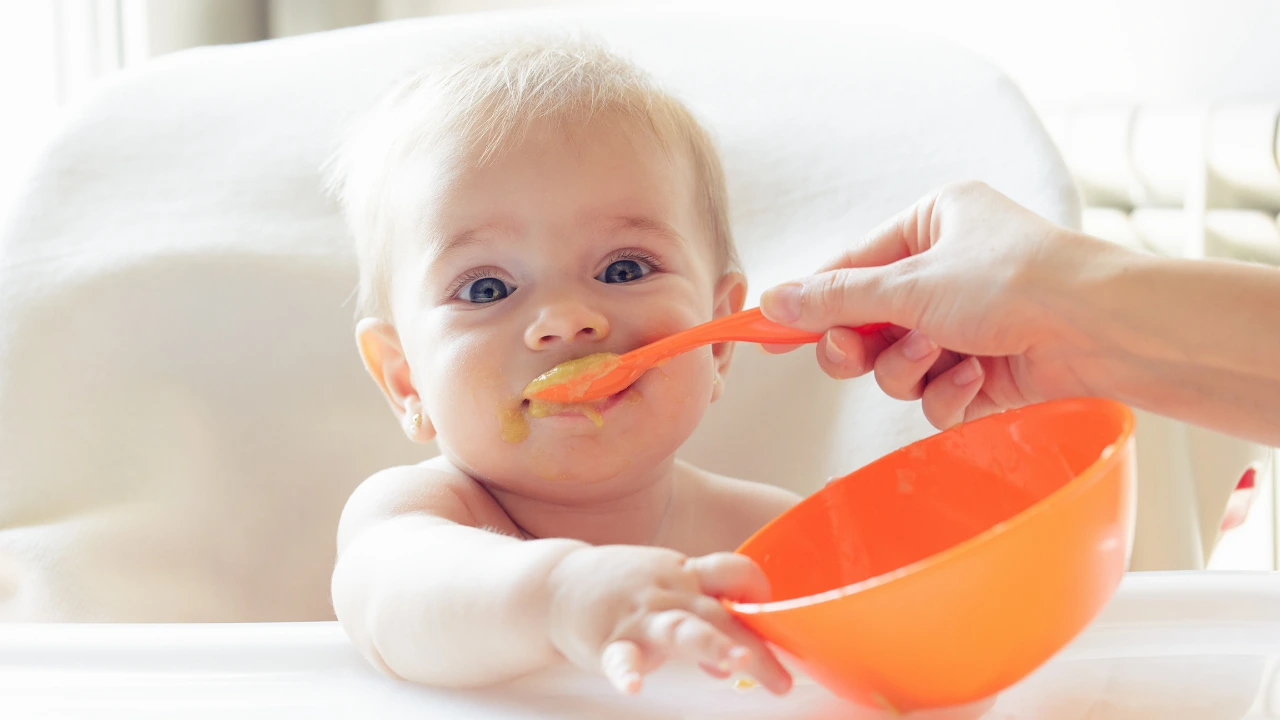

Add a Comment